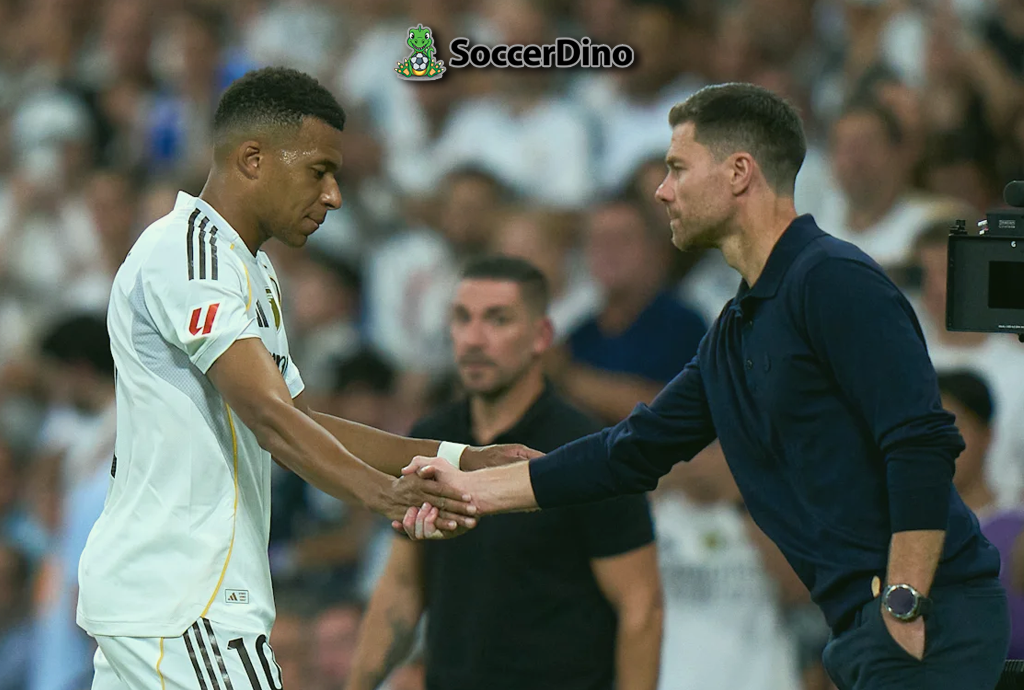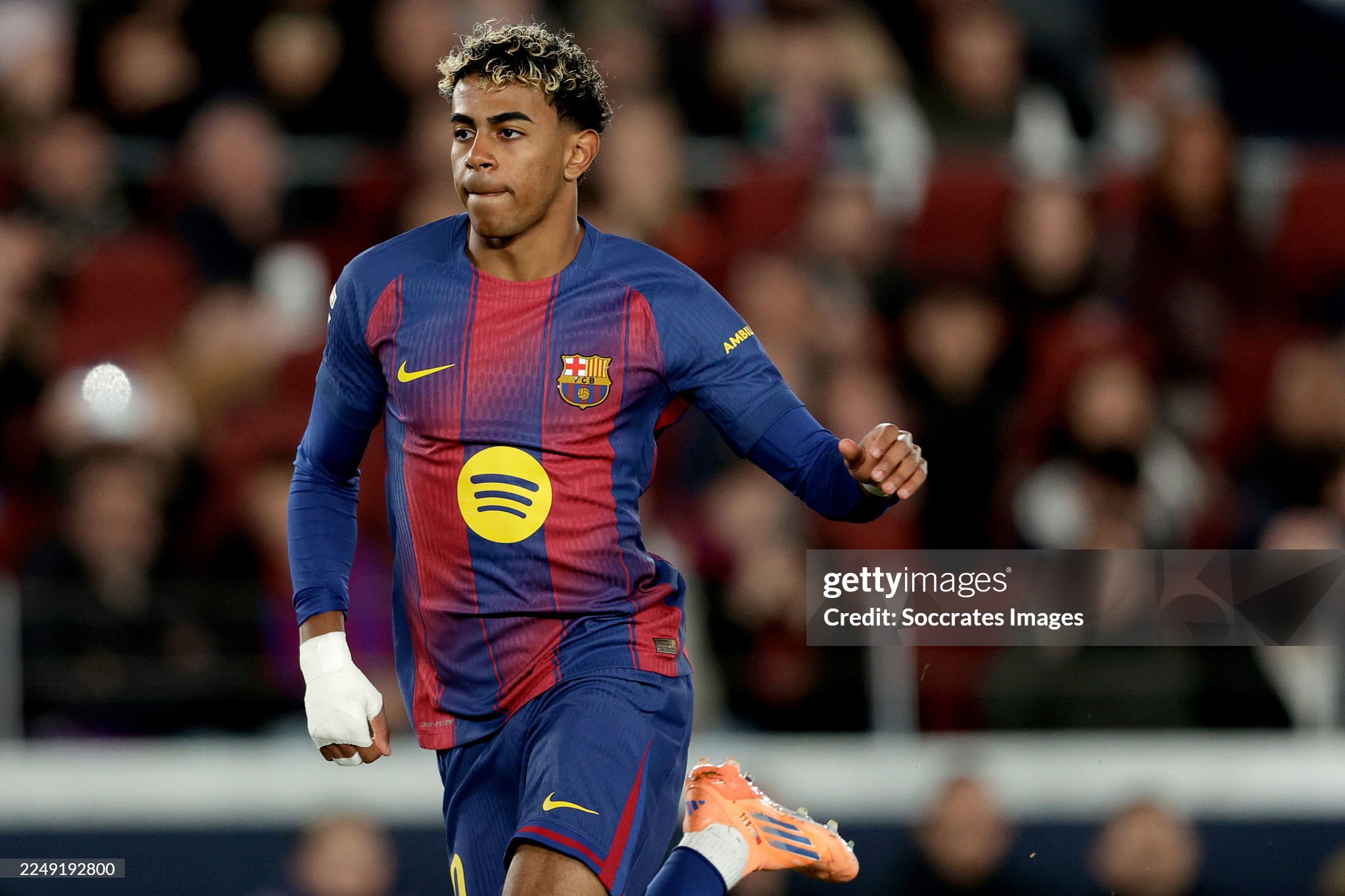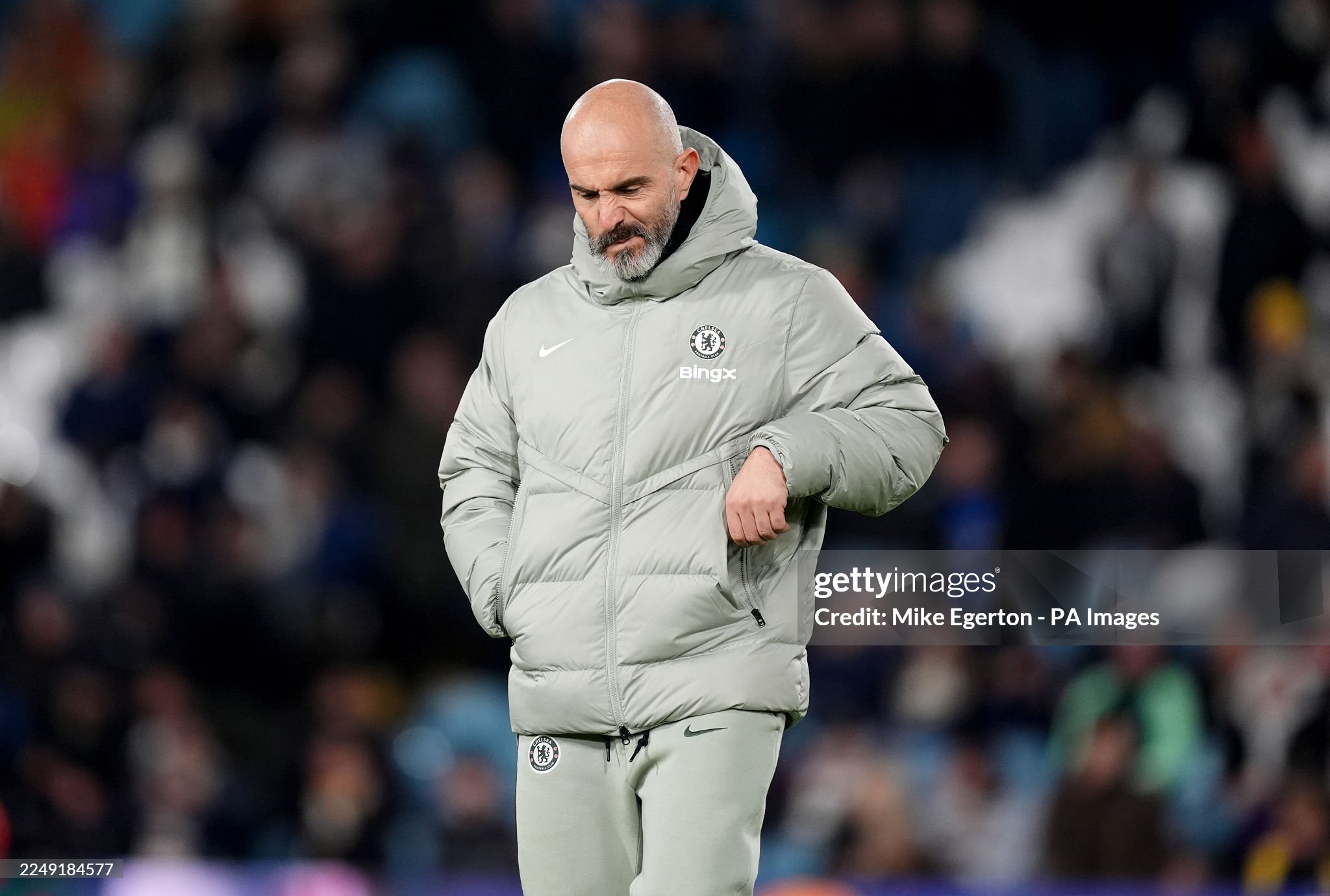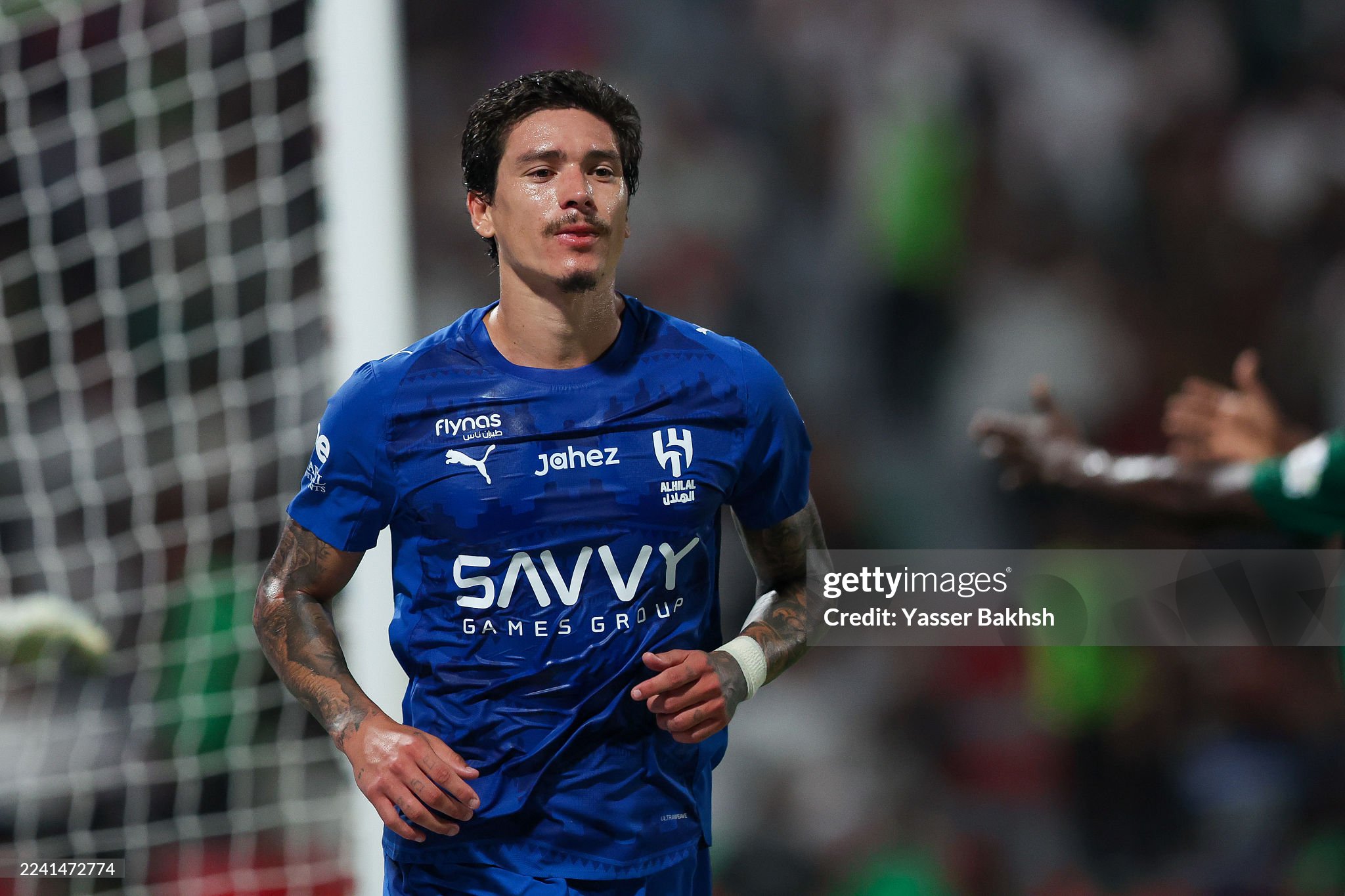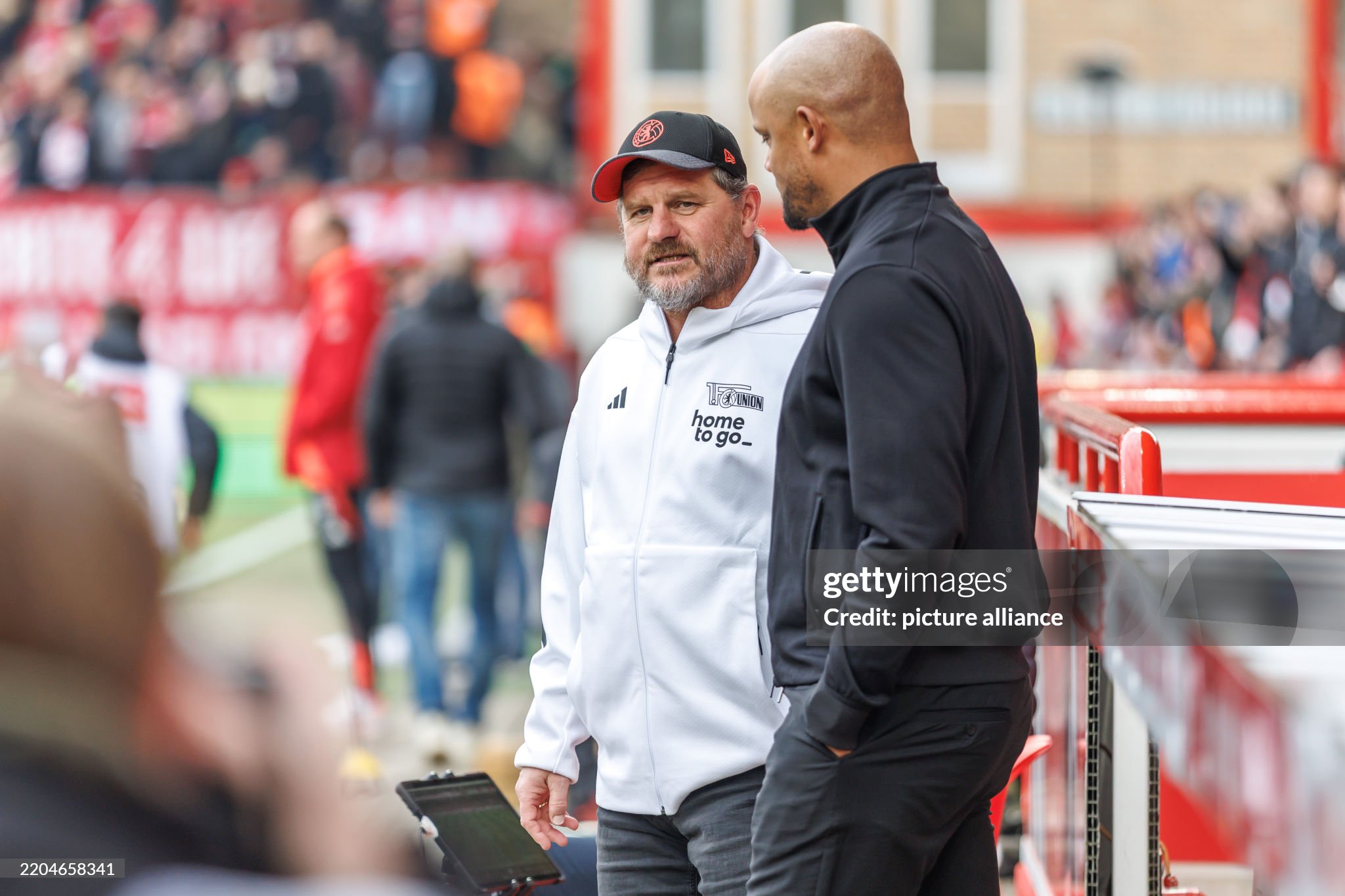After a near miss in Asian qualifying, Indonesia parts ways with Patrick Kluivert. The brief tenure brought tactical progress and mixed results, leaving a foundation to build on as the federation plans the next step toward a first ever World Cup.

Indonesia’s 2026 World Cup dream ended with narrow defeats to Saudi Arabia by 3-2 and Iraq by 1-0, and the immediate fallout was swift.
On Thursday, the country’s football association confirmed that Patrick Kluivert would step down as head coach. The decision closes a brief but eventful tenure that began in January and carried heavy symbolism: a celebrated former Netherlands striker attempting to guide Indonesia to a first ever World Cup appearance.
Kluivert’s mandate was clear from day one. Build a competitive team quickly, navigate the final rounds of Asian qualifying, and instill a modern game model that could survive the intensity of top regional opponents. Results were mixed. In eight matches in charge, he recorded three wins, a figure that hinted at progress but ultimately fell short of the consistency required in a qualification cycle where margins are thin and momentum is crucial.
The decisive defeats tell part of the story. Against Saudi Arabia, Indonesia showed ambition in possession and bravery in transitions, scoring twice and creating chances, yet struggled to protect their own penalty area at key moments. The Iraq loss was the mirror image: a disciplined performance without the decisive attacking touch, undone by a single lapse and an inability to convert promising counters into clear shots on goal. Across both matches, Indonesia competed, but the details of high level qualifying went against them.
Kluivert’s approach was built around a few clear ideas. He wanted a front line that pressed selectively rather than constantly, saving energy for rapid counters. He asked his full backs to support the midfield to avoid being outnumbered in build up. And he pushed for quicker combinations between the lines to feed the central striker early, rather than relying on hopeful long balls. At times, the team executed these concepts with real clarity. Sequences of neat passing out of pressure and sudden switches of play gave Indonesia a platform to threaten stronger opponents. At other times, the team drifted into longer phases without the ball, retreated too deep, and invited pressure that is difficult to survive against elite Asian forwards.
The broader context matters. Indonesia faces a challenging competitive landscape in Asia, where traditional powers combine deep talent pools with well funded development structures. Qualification campaigns are unforgiving, travel is demanding, and injuries or suspensions can tilt the balance in tight groups. Any national team trying to change its tactical identity mid cycle is likely to experience turbulence. Kluivert accepted that risk, brought an energetic and modern perspective, and will leave behind a clearer framework for what Indonesia could be.
The outgoing coach addressed supporters with a message that mixed disappointment with pride. He acknowledged that not reaching the World Cup was painful, yet emphasized the collective steps forward taken by players, staff, and leadership. He singled out the fans, the squad, his backroom team, and federation president Erick Thohir for their support across an intense few months. The tone captured an important truth for a growing football nation: progress is rarely linear, but visible improvements, even in defeat, can set the stage for the next phase.
Attention now turns to what comes next. The federation must decide whether to double down on the tactical principles introduced in 2025 or pivot to a different model. There is a strong argument for continuity. Indonesia’s improvements in structured pressing, first-phase build up, and coordinated counterattacks are teachable, repeatable habits. With more training time and a stable selection core, those habits can translate into better chance creation and more reliable defending of the box. Retaining a similar philosophy under a new coach would protect the work already done and reduce the adaptation cost for players.
Recruitment and player development will sit at the heart of any next step. Recent windows have seen Indonesia blend homegrown talent with players who have experience in more competitive leagues. The priority now is to consolidate a spine that can anchor performances against top regional opponents: a goalkeeper who commands the area, a center back pairing comfortable in space, a ball winner who can also pass under pressure, and a striker who occupies defenders and finishes at a high rate. Around that spine, the team needs wide players with speed who can break lines without sacrificing defensive responsibility.
Set pieces are another lever. In tight qualifiers, corners and free kicks decide campaigns. Indonesia showed flashes of variety in dead ball routines under Kluivert, using near post runs and screen blocks to create space. Codifying and expanding those routines would be a low cost way to add goals without overhauling the overall approach.
The federation will also weigh scheduling and preparation. Friendly matches that mirror the intensity and style of likely qualifying opponents are essential. Camps that prioritize tactical repetition over travel can accelerate learning. Sports science support for recovery and injury prevention will help maintain an optimal eleven more often. None of these steps guarantee qualification, but collectively they raise the floor and nudge a competitive team toward the standards needed on the final hurdle.
As for Kluivert, the experience adds another chapter to a coaching resume that spans academy leadership, assistant roles, and senior management. He departs with credit for introducing clear ideas and elevating expectations. His reputation as a communicator and mentor for young attackers remains intact. It would not be surprising to see him take on a club project or another national team role where a fresh tactical identity is required.
For Indonesian football, the campaign should be seen as a staging post rather than an endpoint. The gap to the World Cup remains, but it appears narrower than before. The team has a clearer sense of how it wants to play, what profiles it needs, and what must improve. The support around the squad is strong, the fan culture is passionate, and the administrative ambition is evident in the willingness to make bold appointments and hold firm standards. If the next coach can inherit the useful foundations from the Kluivert months and add consistency in both boxes, Indonesia will enter the next cycle with credible belief.
In the immediate term, there will be reflection, a search process, and a reset. The best measure of this period will not be the raw win percentage, but whether the collective lessons now translate into sharper recruitment, smarter preparation, and a team that looks more composed under pressure. The disappointment of missing out on 2026 will linger. The opportunity is to convert that disappointment into a plan that keeps Indonesia on an upward curve.
